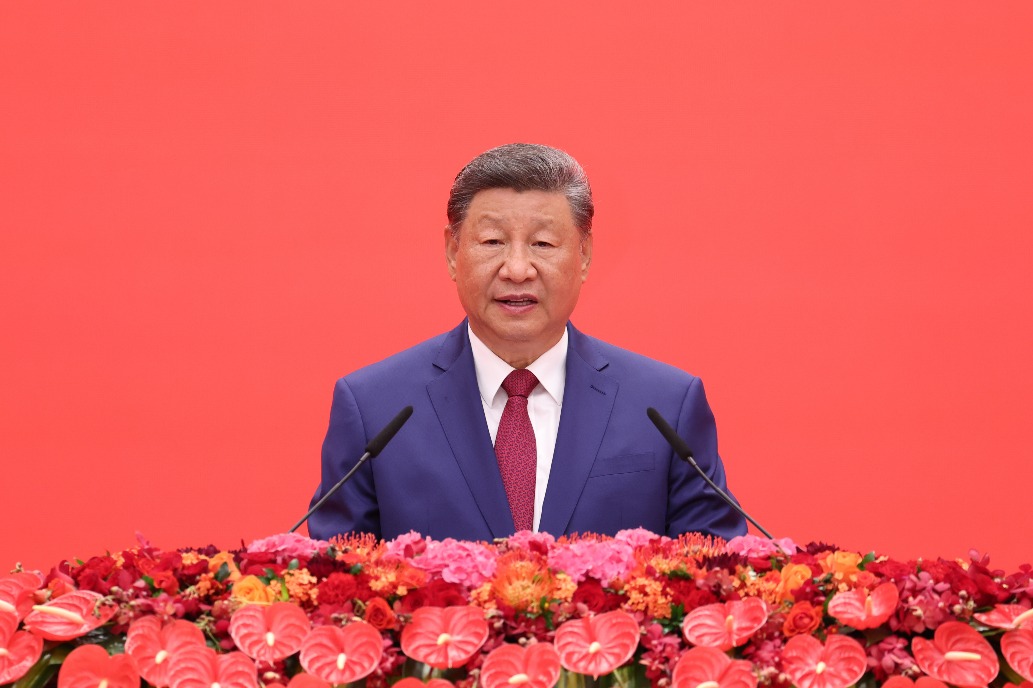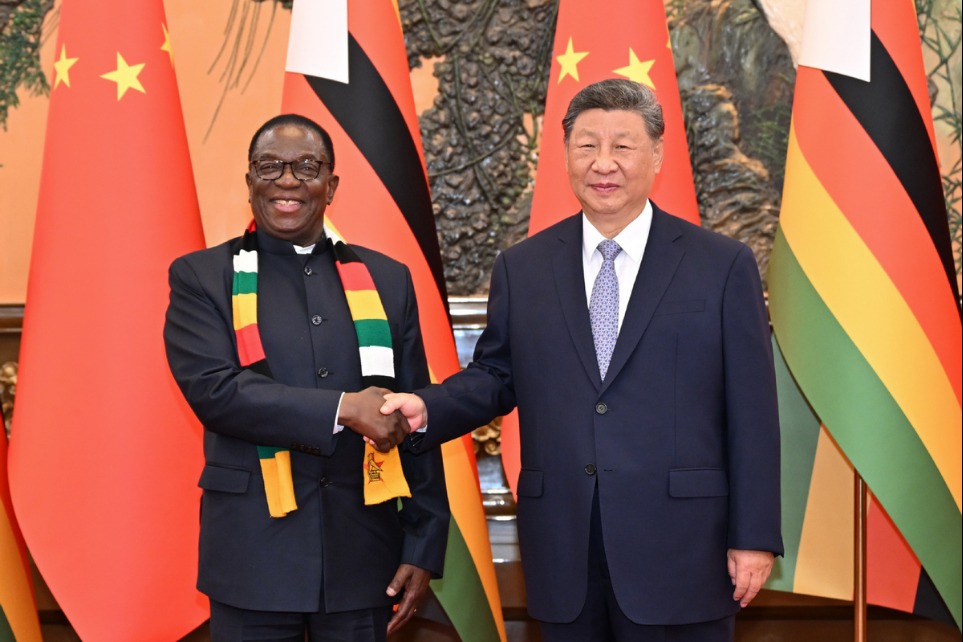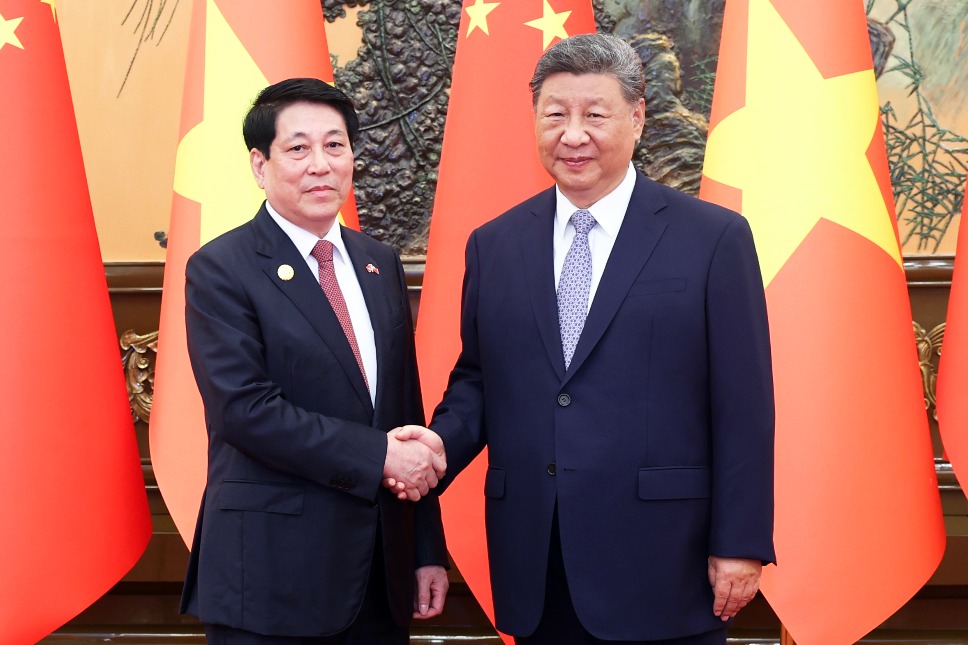Asia-Pacific is the region to watch

The Asia-Pacific region certainly carries more weight these days in the global economic system, especially as the Regional Comprehensive Economic Partnership will further boost economic integration in the region and accelerate the shift in the global economic balance in favor of the Asia-Pacific.
The RCEP agreement, which was signed last November, groups 15 Asia-Pacific countries, including China and 10 members of the Association of Southeast Asian Nations, to make the world's biggest free trade bloc that covers nearly one-third of global population as well as GDP.
On June 25, Japan ratified the agreement, and in doing so it has become the third member that has moved toward the enforcement of the RCEP.
Before it, China and Singapore had completed the ratification process in April. The pact will take effect 60 days after it is ratified by six of the ASEAN members and three non-ASEAN countries.
China sees the signing of the RCEP agreement as a victory for free trade and multilateralism. As the world's second-largest economy, China always has a firm stance on deepening reforms and opening up wider to the rest of the world.
Once in effect, the RCEP deal will eliminate tariffs on as much as 90 percent of goods traded between its signatories over the next 20 years. The deal will also standardize rules on investment among its signatories.
Experts speak highly of the common rule of origin established by the RCEP. Only 40 percent of regional content is required for goods to be considered of RCEP origin, a much smaller threshold requirement compared with many other free trade agreements. The rule of origin defines if a product comes from any member countries to benefit from tariff eliminations.
Besides, as countries in the region have different levels of development and there are no common reference points for environmental protection and labor standards, such less restrictive rules in the RCEP could imply fewer impediments to trade exchanges within the region.
A report from trade credit insurer Euler Hermes published earlier this year said that while developed economies represented around 80 percent of global GDP in 2000, the ratio fell to around 60 percent in 2019, with the Asia-Pacific region responsible for 8 percentage points of the 20-percentage-point decline.
The RCEP has sent a strong signal in favor of continued and strengthened integration in the region, while intraregional trade in Asia-Pacific is already very high compared to other regions; and Asia-Pacific economies also on average exhibit relatively strong levels of complementarity with their regional trade partners, according to the report.
Out of total global trade, intraregional trade in Asia-Pacific represented 25 percent on average in the 2010s, compared with 17 percent and 6 percent for the European Union and the North American Free Trade Agreement, respectively.
The RCEP will also boost development of a wide range of emerging industries, including cross-border e-commerce and logistics.
It is well accepted that the establishment of a set of multilaterally unified comprehensive e-commerce rules reflects the region's consensus on many key issues, including cross-border information transmission, information storage, online consumer protection, personal information protection and cybersecurity, which will create a stable and facilitating institutional environment for the growth of digital economy.
Perhaps the remarks of Edward Yau, secretary for commerce and economic development of China's Hong Kong Special Administrative Region, made at a video conference of the Asia-Pacific Economic Cooperation recently, capture the role of the RCEP in regional development well.
High-quality regional free trade agreements would bring tangible economic benefits and strengthen the foundation of the regional economy, he said, calling on economies to support the rule-based multilateral trading system and deepen regional economic integration toward the eventual realization of the free trade area of the Asia-Pacific.
Hong Kong looks forward to commencing formal dialogue on its accession to the RCEP when the RCEP is ready to take on new partners, Yau said.
If things pan out as planned, the RCEP agreement should take effect next year, and the Asia-Pacific region can then become an even greater powerhouse for world economic development.
Today's Top News
- Lai's insinuations betray secessionists' anxiety their agenda is doomed to fail
- China, DPRK reaffirm friendship, vow closer ties as top leaders hold talks
- Xi meets Serbian president
- Xi meets Slovak prime minister
- Xi, Sassou Nguesso announce elevating bilateral ties
- Xi meets Zimbabwean president






























